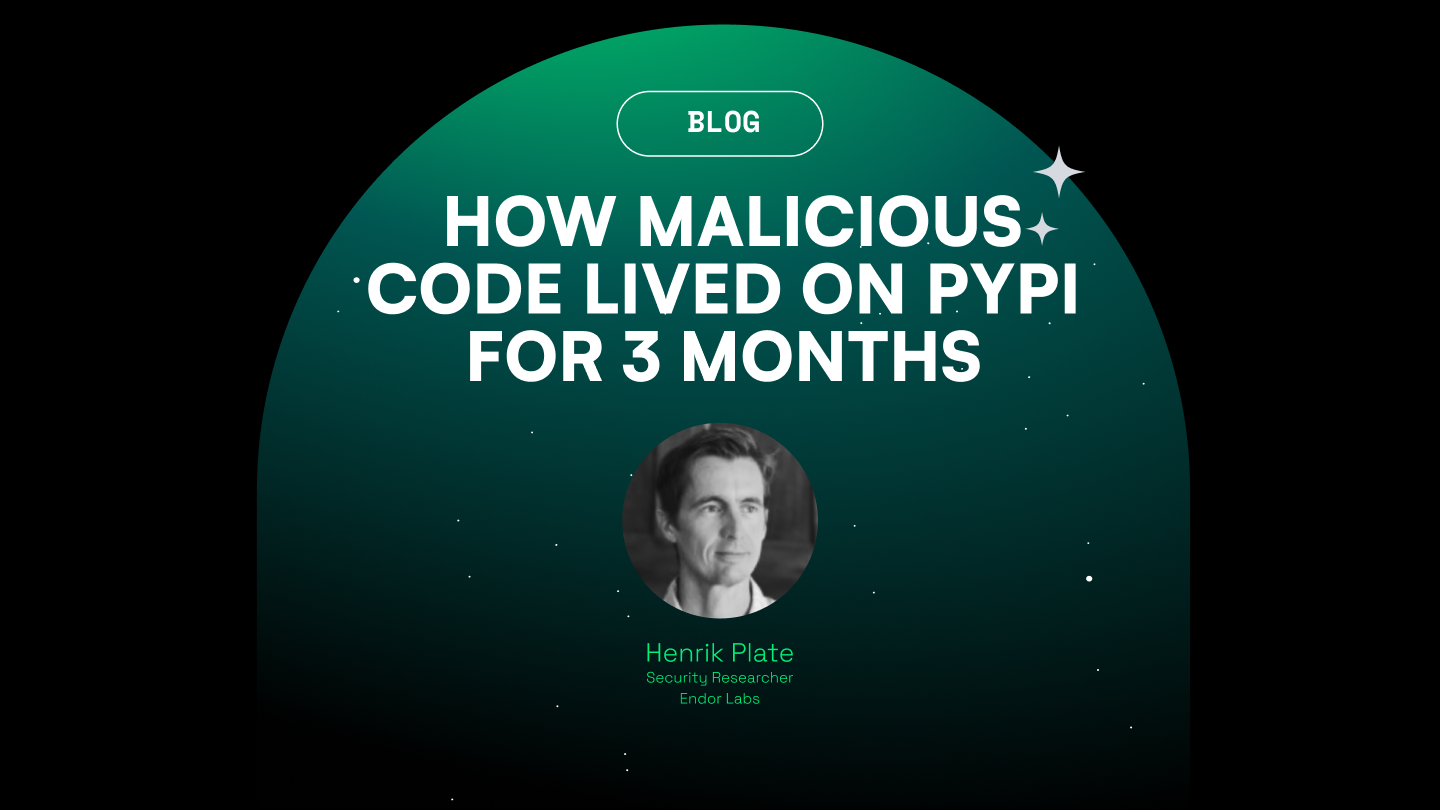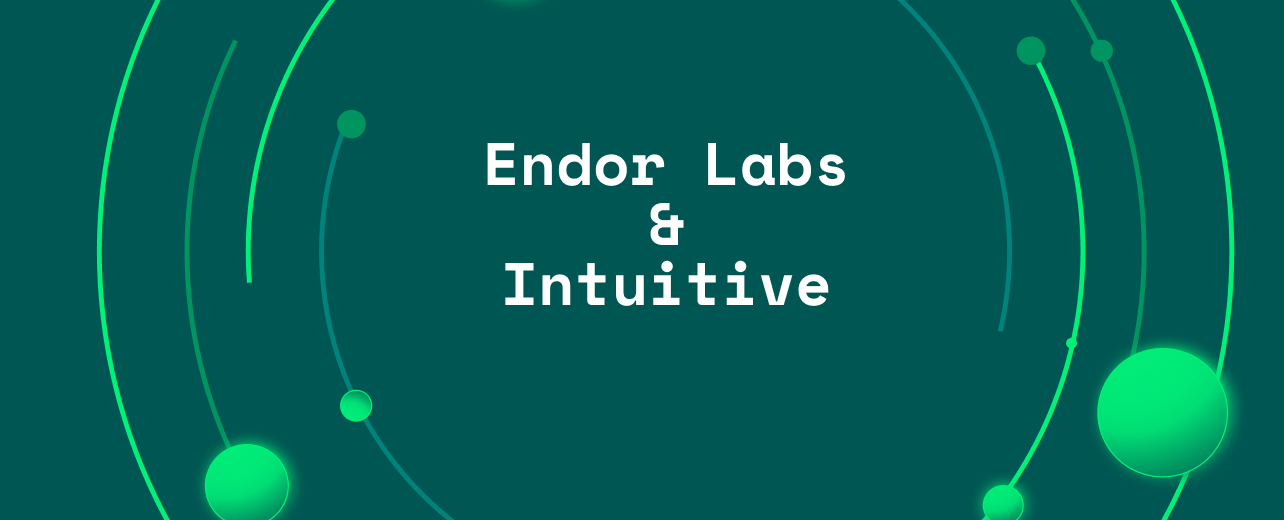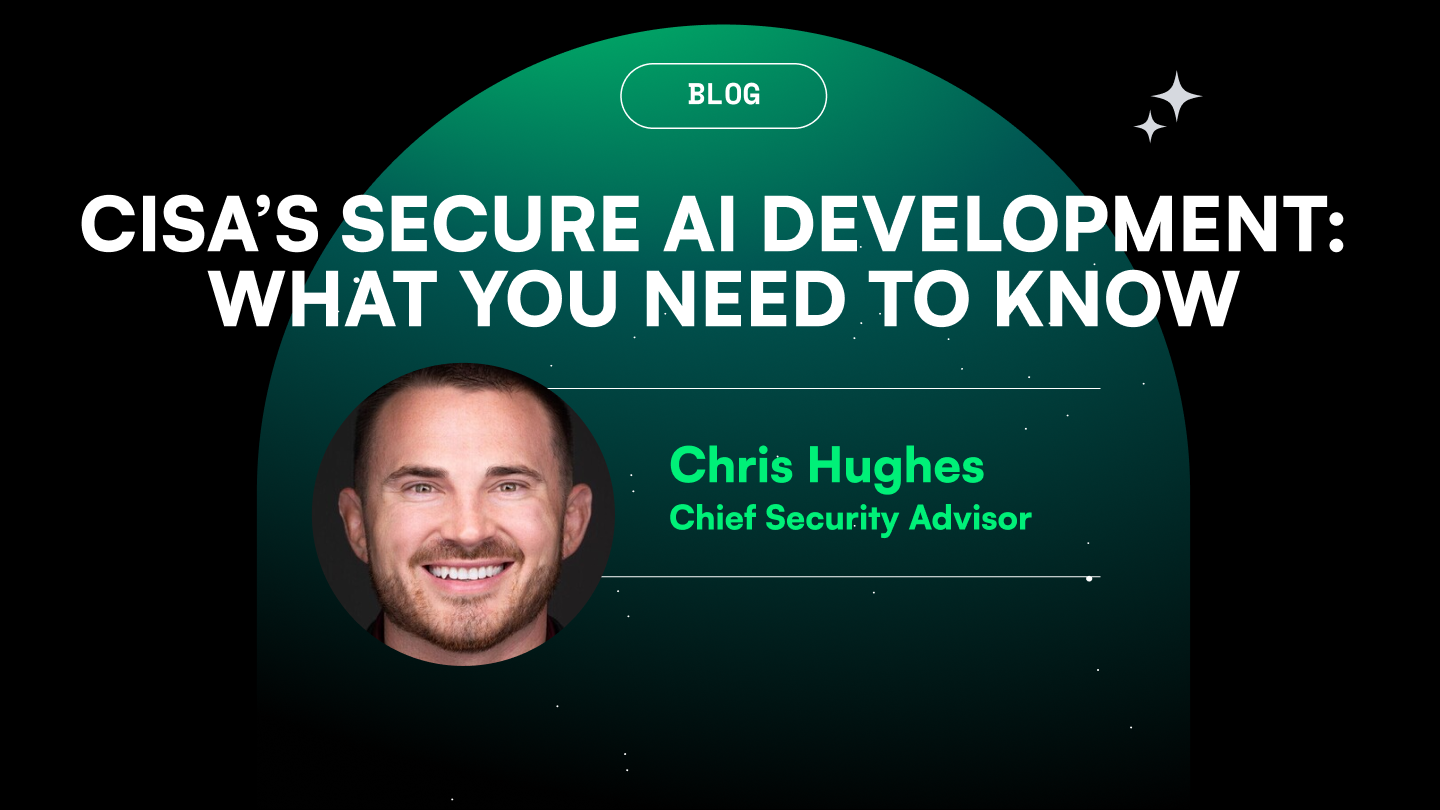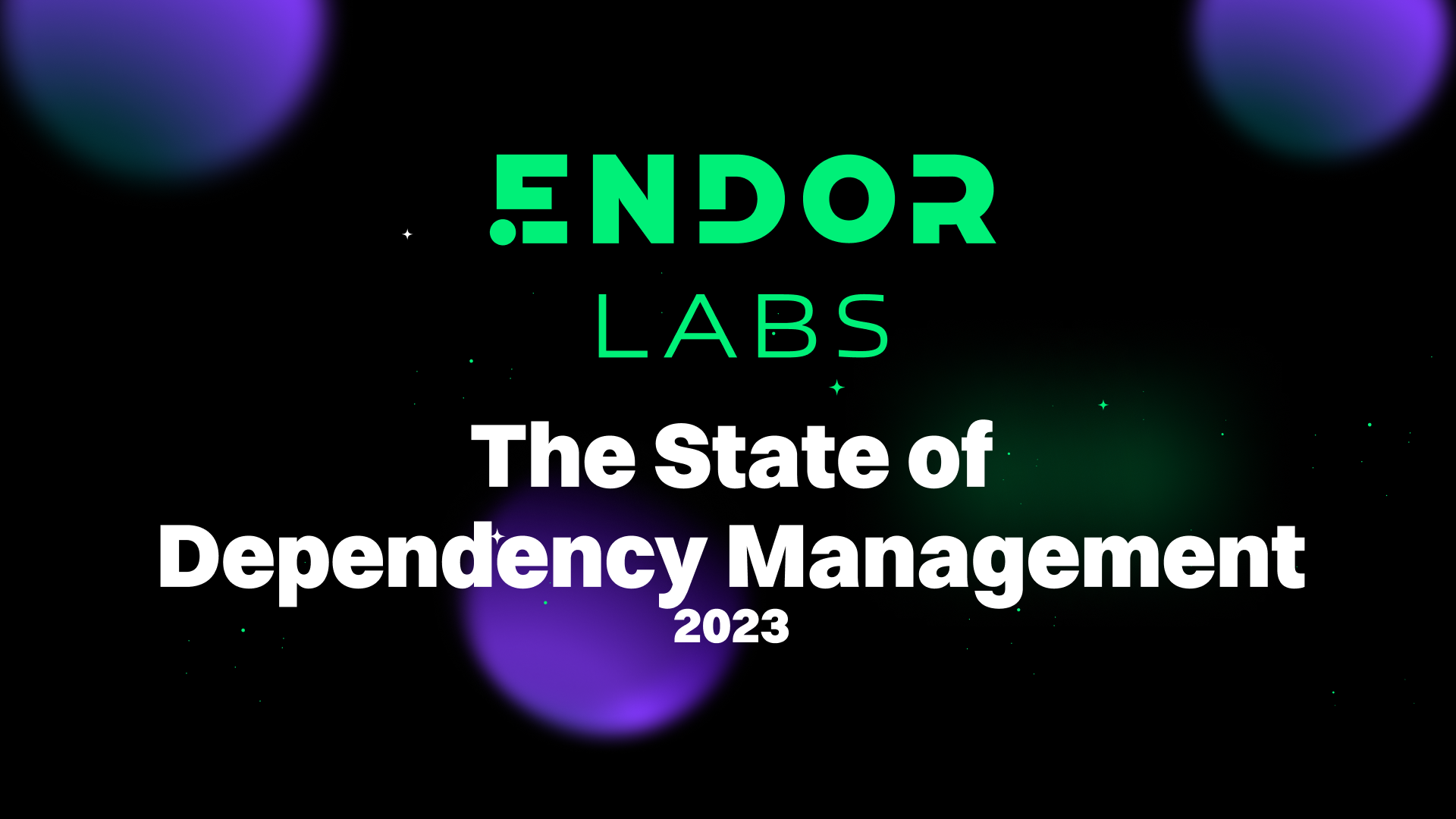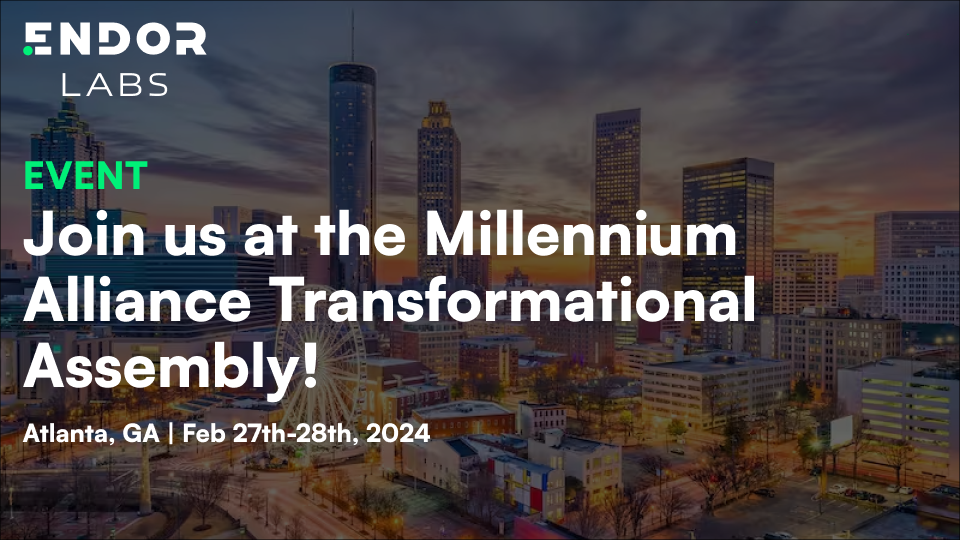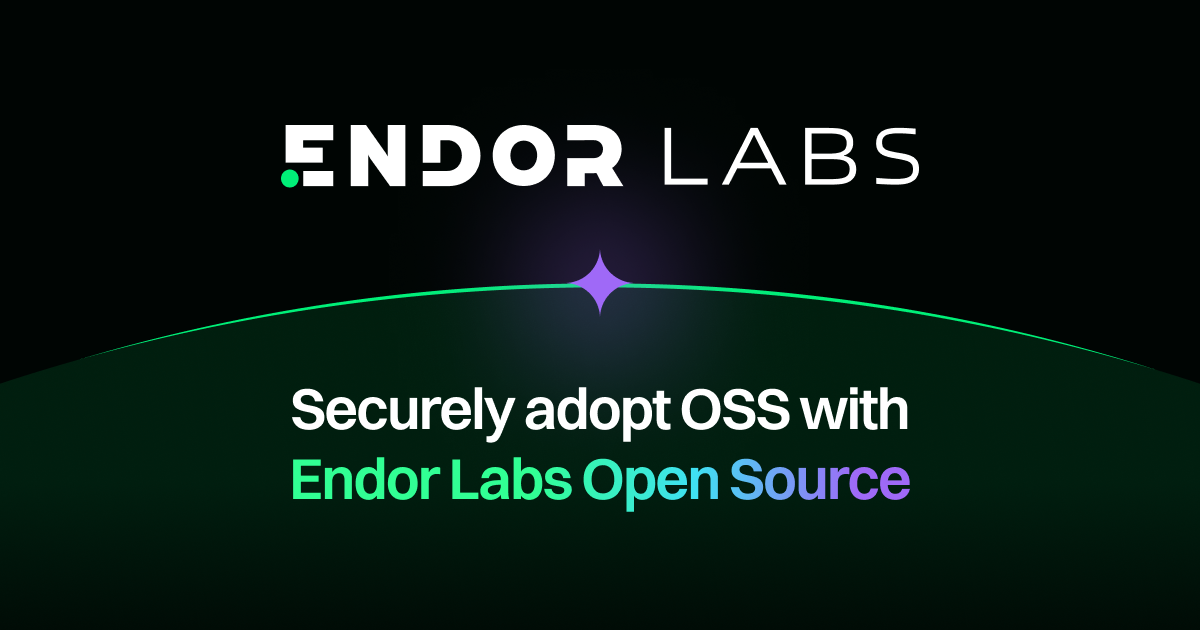What is Reachability-Based Dependency Analysis?
Dependencies bring in risk, both operational and security. These risks can be difficult to detect and triage because while developers release and keep track of packages, actual reuse happens at the code level. Reachability analysis tracks the exact portion of the code in a dependency that is being reused by a client program. This allows us to tell whether a security problem in the dependency code affects the client, whether a dependency update is safe to perform, whether the client is linking against incompatible licensed code and whether code removals will affect downstream clients.
Dependencies bring in risk, both operational and security. These risks can be difficult to detect and triage because while developers release and keep track of packages, actual reuse happens at the code level. Reachability analysis tracks the exact portion of the code in a dependency that is being reused by a client program. This allows us to tell whether a security problem in the dependency code affects the client, whether a dependency update is safe to perform, whether the client is linking against incompatible licensed code and whether code removals will affect downstream clients.
Dependencies bring in risk, both operational and security. These risks can be difficult to detect and triage because while developers release and keep track of packages, actual reuse happens at the code level. Reachability analysis tracks the exact portion of the code in a dependency that is being reused by a client program. This allows us to tell whether a security problem in the dependency code affects the client, whether a dependency update is safe to perform, whether the client is linking against incompatible licensed code and whether code removals will affect downstream clients.
Dependencies bring in risk, both operational and security. These risks can be difficult to detect and triage because while developers release and keep track of packages, actual reuse happens at the code level. Reachability analysis tracks the exact portion of the code in a dependency that is being reused by a client program. This allows us to tell whether a security problem in the dependency code affects the client, whether a dependency update is safe to perform, whether the client is linking against incompatible licensed code and whether code removals will affect downstream clients.
Dependencies bring in risk, both operational and security. These risks can be difficult to detect and triage because while developers release and keep track of packages, actual reuse happens at the code level. Reachability analysis tracks the exact portion of the code in a dependency that is being reused by a client program. This allows us to tell whether a security problem in the dependency code affects the client, whether a dependency update is safe to perform, whether the client is linking against incompatible licensed code and whether code removals will affect downstream clients.


Engineering challenges
The convenience of declarative specification of dependencies has led to the massive adoption of package managers and package repositories. While startup costs seem low for projects, dependency reuse does not come for free. The software engineering academic community has thoroughly documented several issues around dependency reuse. From the perspective of a library user, it is hard to keep track of dependency updates especially for transitive dependencies, and assess their impact on the client code base; the semantic versioning API provisions are rarely respected in practice by library maintainers; and entrusting valuable data on code that the package manager automatically downloads is often not a wise choice. From the perspective of the library maintainer, it is difficult to evolve APIs, for example by removing methods, without breaking clients, while incentives for professional maintenance of library code are lacking. In addition, as libraries may also depend on other libraries, the library maintainers face the same issues as library users face.
In addition to the development challenges, dependencies bring in risk, both operational and security. For a long time the software industry has used tools to manage some aspects of operational risk, like license exposure. But as organizations realize the extent of the reliance on third party software, the understanding of operational risk evolves. Today, organizations start worrying about the possibility of a particular piece of third party software being abandoned by its maintainers (often referred to as the “bus factor”), or be the target for political statements.
Security
And of course, there is the security risk in terms of vulnerabilities that may be lurking inside third party code. Again, the software industry has been using tools to track this risk for some time but in the recent years two watershed events added a whole new urgency to this task. First the solarwinds compromise made everyone aware of the concept of the “software supply chain” and how compromises in one of the early stages of the chain can have catastrophic and very hard to prevent failures in the end users that sit at the end of the supply chain and a devastating “multiplier” effect And then, the Log4J compromise created the nightmare scenario of a vulnerability that is easy to exploit remotely and is present in one of the most popular open source packages in the java ecosystem. This immediately made a massive amount of software and systems vulnerable and resulted in a very significant cost to remediate, along the way exposing the limitations of tools and organizational response playbooks (do I use Log4J? In which software? What is the impact?). All these even caused the government to both try and help companies address the danger but also nudge them to take action.
So, today the security landscape for software has changed. New types of attacks have been developed that target the package managers and the whole infrastructure of discovering and using open source software. Consumers of open source software start to worry about the security best practices of the open source software they use and the possibility that this software gets compromised. Efforts are starting to identify, audit and harden the “critical” open source packages [ref: google’s project]. All these are new use cases with little coverage from existing tools. At the same time the old vulnerability management tools (and the organizations that use them) are collapsing under the weight of a constantly accelerating stream of new vulnerabilities being discovered. Simply looking for CVEs published against open source software is gradually becoming useless since any medium sized project with multiple open source dependencies is almost guaranteed to have some vulnerabilities in their dependency graph. Even though these vulnerabilities may not be triggered at all, either because there is no path in the code that leads to them or the particular configuration of the vulnerable software makes it impossible to reach the vulnerability, security teams are forced to investigate and act on 100s of potential vulnerabilities because they lack the tools to get the proper context.
Changing the Abstraction
At Endor Labs, we believe that current tools used to keep track of dependencies (SBOM generators, update notifiers, ...) work at the wrong level of abstraction: while developers release and keep track of packages, actual reuse happens at the code level. This disconnect sits at the root of most problems described above. If we could somehow track the exact portion of the code in a dependency that is being reused by a client program, we would be able to tell whether a security problem in the dependency code affects the client, whether a dependency update is safe to perform, whether the client is linking against incompatible licensed code and whether code removals will affect downstream clients.
We therefore use (static) call graphs as a more precise instrument for the analysis of dependency management.
What are Call Graphs?
A call graph is the result of applying a program analysis to determine whether a function f calls another function y. Call graphs can be both static and dynamic.
Static Call Graphs
Static call graphs are constructed as follows: we instantiate the analysis by populating a graph with V unique nodes that correspond to functions in the program and its dependencies. For each function, we go over the function body (f) and identify all locations (callsites) where a call to an external function happens. We then need to identify the target of the call (y) within the set V. Depending on the language used and its calling semantics we may need to create one or more edges (E) to the identified targets. The process continues until we have covered all call sites. The result is a graph G=<V,E> where an edge in E identifies statically a potential function call.
Why potential and not exact? Because of calling semantics. In languages with static dispatch and no function pointers, we can indeed create complete callgraphs. But no such useful language exists in practice, because abstraction mechanisms require dynamism. Virtual dispatch, i.e. the mechanism object oriented languages use to determine the target of an interface call at runtime, requires the presence of a dynamically updatable table of potential call targets (known as vtable). For static analysis to work, we need to imitate the vtable behavior, therefore we need to link all potential calls.
Dynamic Call Graphs
Dynamic call graphs are more straightforward to construct, provided that the (language or operating system) runtime environment of a program can be instrumented. If this is the case, we can inject probes (triggers) that fire i) every time a function call is made, and ii) every time we return from the function call. We then need to maintain a stack per running thread: once a function call is done, we push the name of the called function to the stack; when the function returns, we pop the stack and write to the output a pair caller -> callee. At the end of the execution, the written pairs naturally form a graph, which is a call graph for the particular execution. Tools like DTrace, callgrind and various profilers enable developers to create dynamic call graphs in a straightforward manner.
Tradeoffs
Various trade-offs exist between static and dynamic call graphs. For the reasons outlined above, static call graphs are over-approximations of a program's behavior in practice, and therefore imprecise. This means that if they are constructed naively, they are bound to flood developers with false positive findings (for example, calls to dependency code with vulnerabilities which may never happen in practice). Various techniques exist to make static call graphs more precise. On the other hand, dynamic call graphs are de facto precise, as they represent real program executions; however, they are not complete, as they are the result of one (and not all) possible program execution.
At Endor Labs, we rely on static call graphs to perform dependency analysis at a fine-grained level. We chose static analysis as our weapon, as it is minimally intrusive to the developer workflow, can provide results to developers while the program is being developed, does not depend on good test coverage to provide results and, most importantly, because completeness is an absolute must for any downstream security analysis tasks. Our world class team of static analysis experts applies the most advanced static analysis per programming language to minimize false positives to the degree enabled by the current state of the art. We also use dynamic call graphs internally to form benchmarks against which our call graphs are being measured and optimized.
To deal with ecosystem scale, we create a call graph per package version, store those call graphs and then, given a client dependency set, we stitch them on the fly. In an upcoming post, we will elaborate on how we are able to scale our static analysis to ecosystems, by presenting our Java analysis stack.
Reachability and Impact Analysis
Once we have a call graph, a whole new level of clarity is available for dependency analysis.
The availability of the call graph contextual information is extremely valuable in addressing multiple use cases in both security and operational risk. Assuming we have built the dependency graph of our software, knowing the call graph that underlies it allows us to determine two key pieces of information:
- Reachability: which answers the question “is my code calling a vulnerable function?”
- Impact: which answers the question “if I change this function, which parts of the codebase will be impacted”?
They may both sound similar but the way they are computed is different:
- Reachability involves a “forward” pass in the call graph starting from the client and checking to see which packages in the dependency set can be reached following the call graph. If there is no path leading to a package, that package is unreachable.
- Impact involves a “backward” pass in the call graph, starting from the target function and going back the call graph to determine possible places where this function is called. If none of these paths leads to the client code, the impact set of the target function is empty.
It is not hard to see how useful this context can be. At the dependency level, if we know that a dependency is not reachable from a client application we can try to remove it, completely removing any operational and security risk coming from thats dependency. If we are investigating vulnerabilities, and we know which vulnerable functions are involved, we can determine which of these vulnerabilities are not reachable and can prioritize dependency updates accordingly. Other more subtle use cases also become possible. The call graph information will provide us information about how “much” of a dependency is used: are we just using one API out of the multiple APIs provided by this dependency? Could we possibly replace or remove a dependency that is not that tightly coupled with our code, especially if it brings a lot of potential risk? As an anecdotal example, in our own codebase there was a dependency that was bringing in a very large amount of other dependencies, only because we used a very simple API from it. Without the tools it is not even possible to figure out that this is happening, let alone think how to fix it.
Combining the above with the visibility that comes from the combined dependency and call graphs, we are building a very powerful tool that allows developers or security engineers to show how dependencies are used in their application, where dependencies are being imported from, determine the operational and security risk that comes with each dependency and asses what is the best strategy for remediating this risk.
There are caveats: computing the call graphs is complex and inherently imprecise so there is always a risk of false positives (where we believe that something is reachable while it is not) and false negatives (where something that is reachable is deemed unreachable). Different use cases have different sensitivity to false positives and false negatives; e.g. for security risk, false negatives can be problematic. But eventually, the right workflows will make using these tools most effective: the reachability information should be consumed for prioritizing attention and resources. Security teams already have limited budgets and can not deal with every single vulnerability or review every new dependency. By providing the right context we can help teams prioritize and use limited resources most effectively.
Acknowledgements
Much of the initial work described here was done at the first author's Software Analytics lab at the TU Delft and then, at a larger scale, by the FASTEN project. Portions of this post are based on: P. Boldi and G. Gousios, “Fine-Grained Network Analysis for Modern Software Ecosystems,” ACM Trans. Internet Technol., vol. 21, no. 1, Dec. 2020.




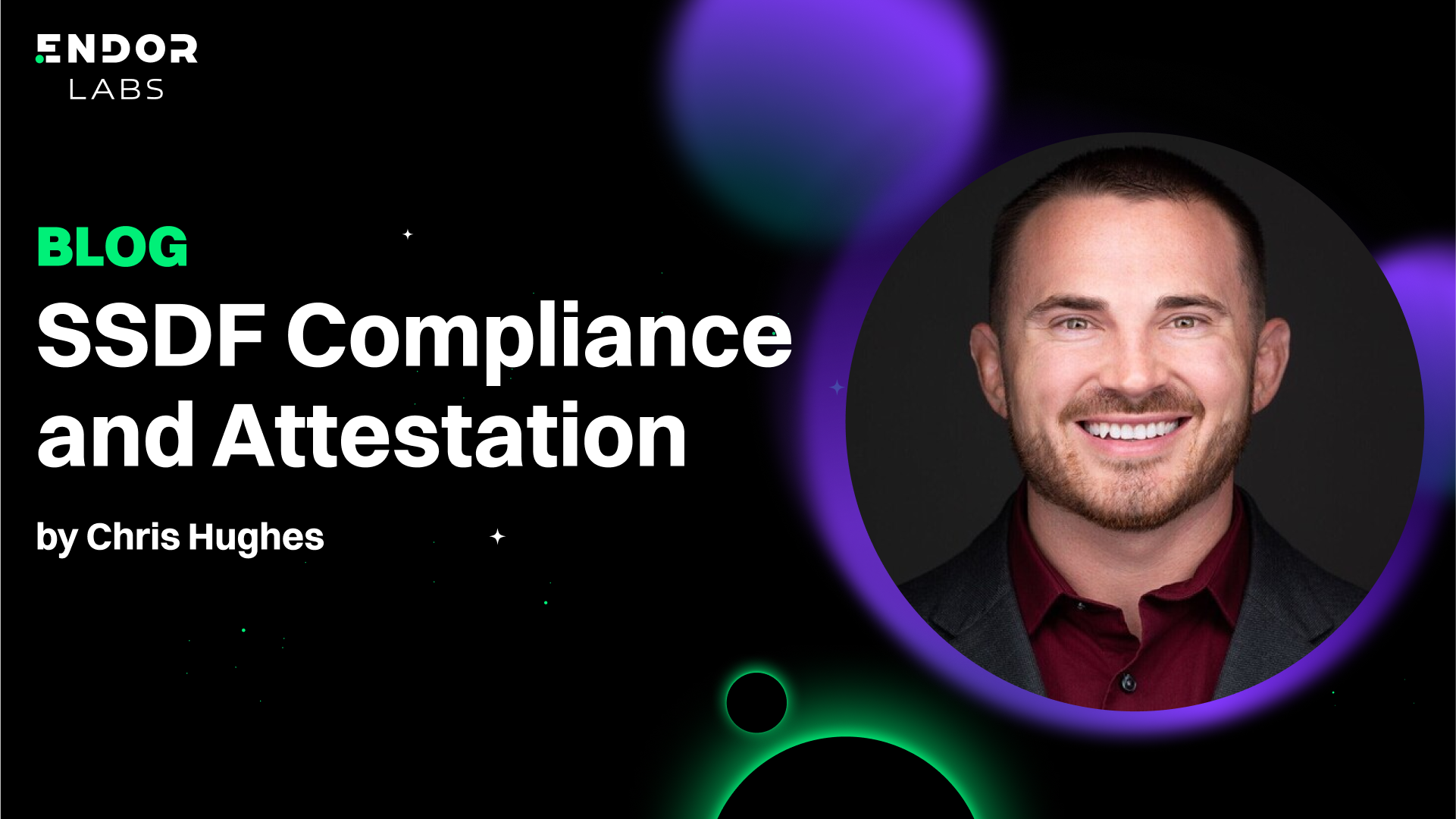













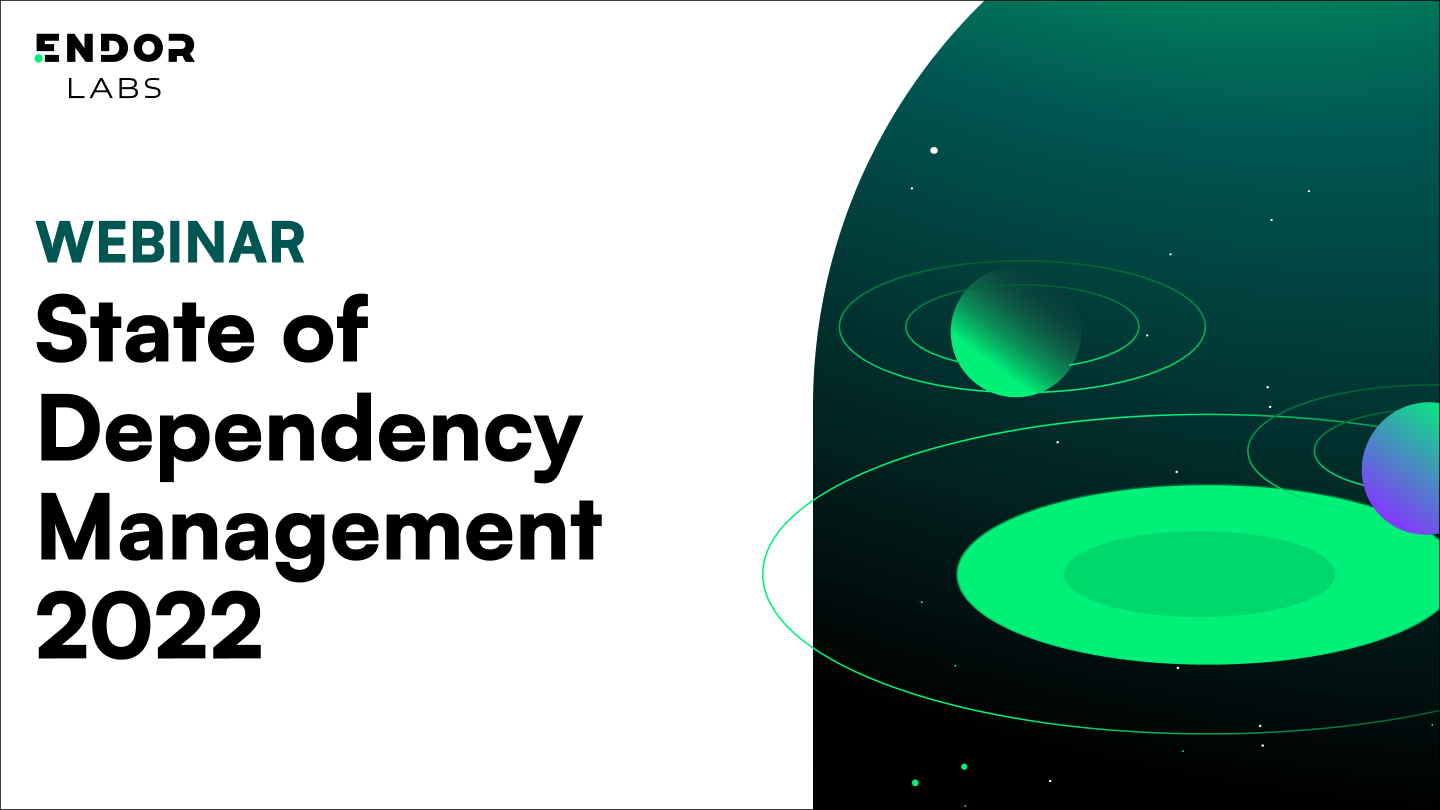













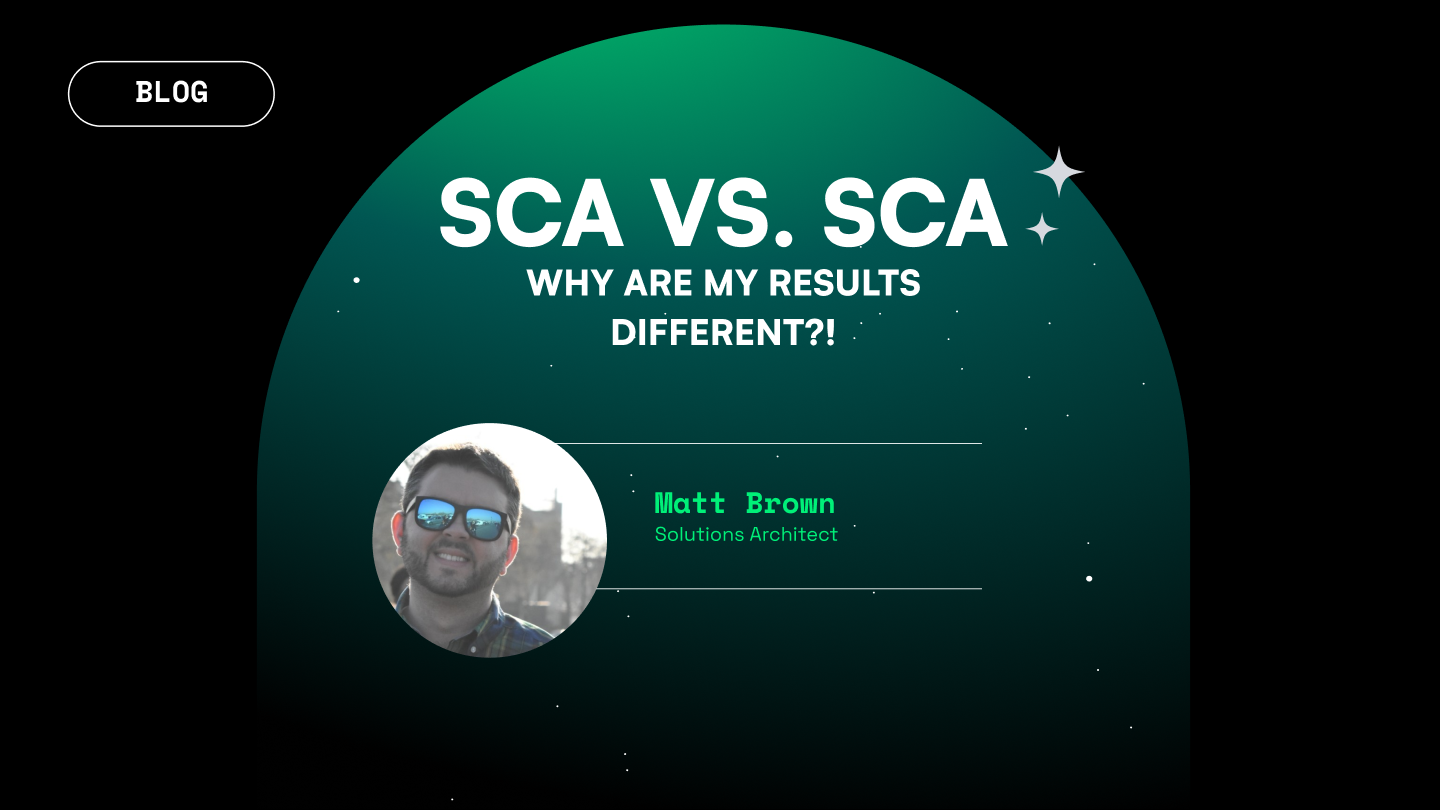




.png)

.png)






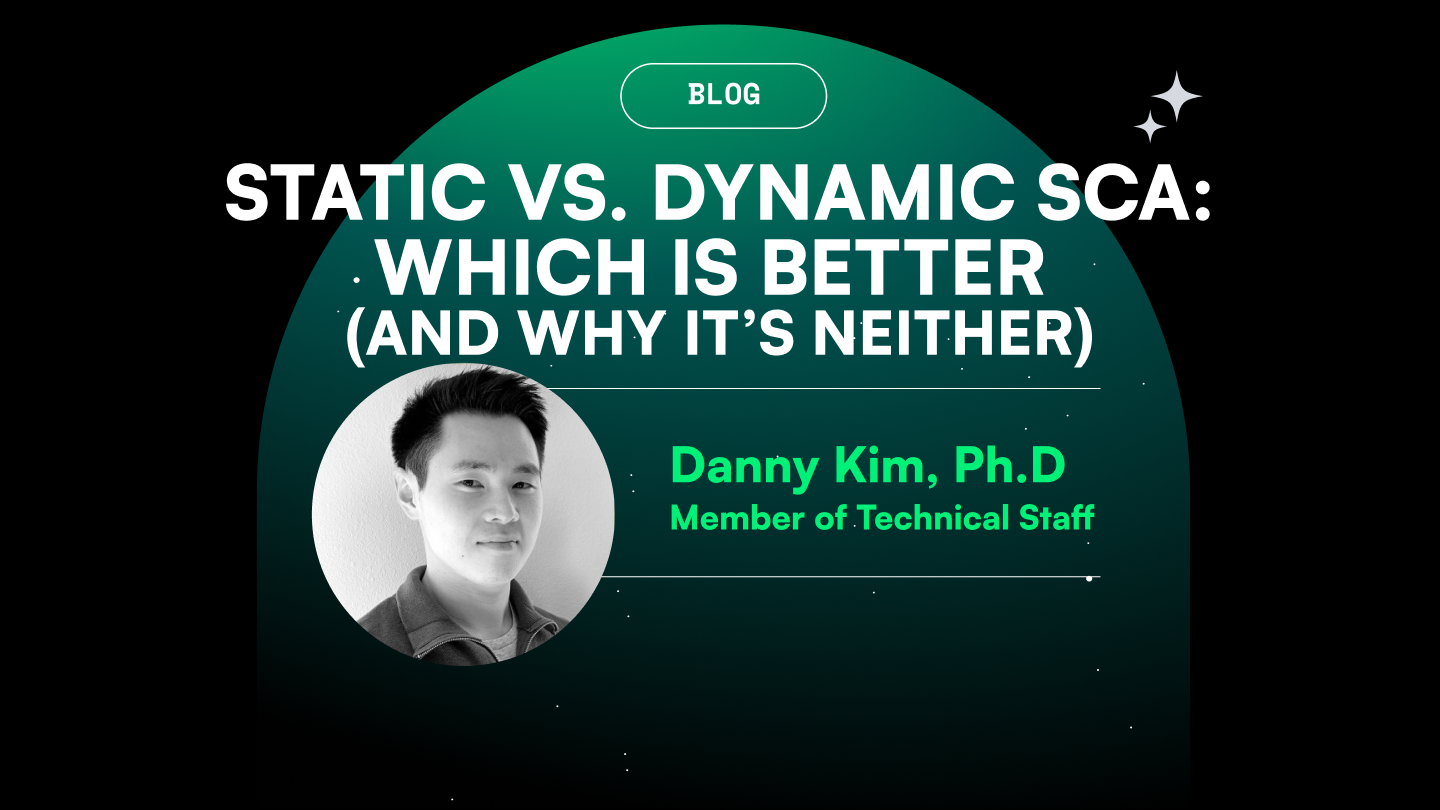
.png)

.png)
.png)


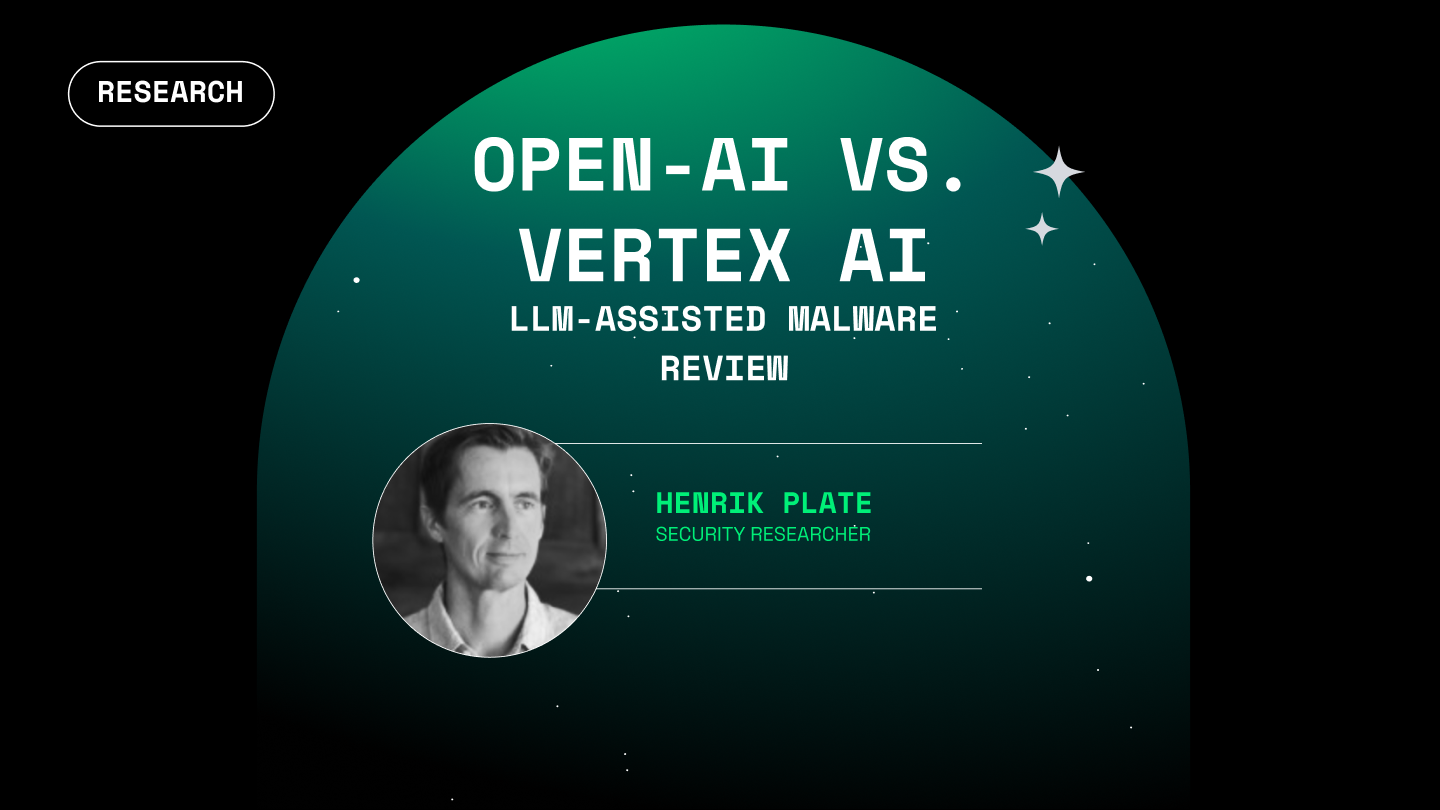


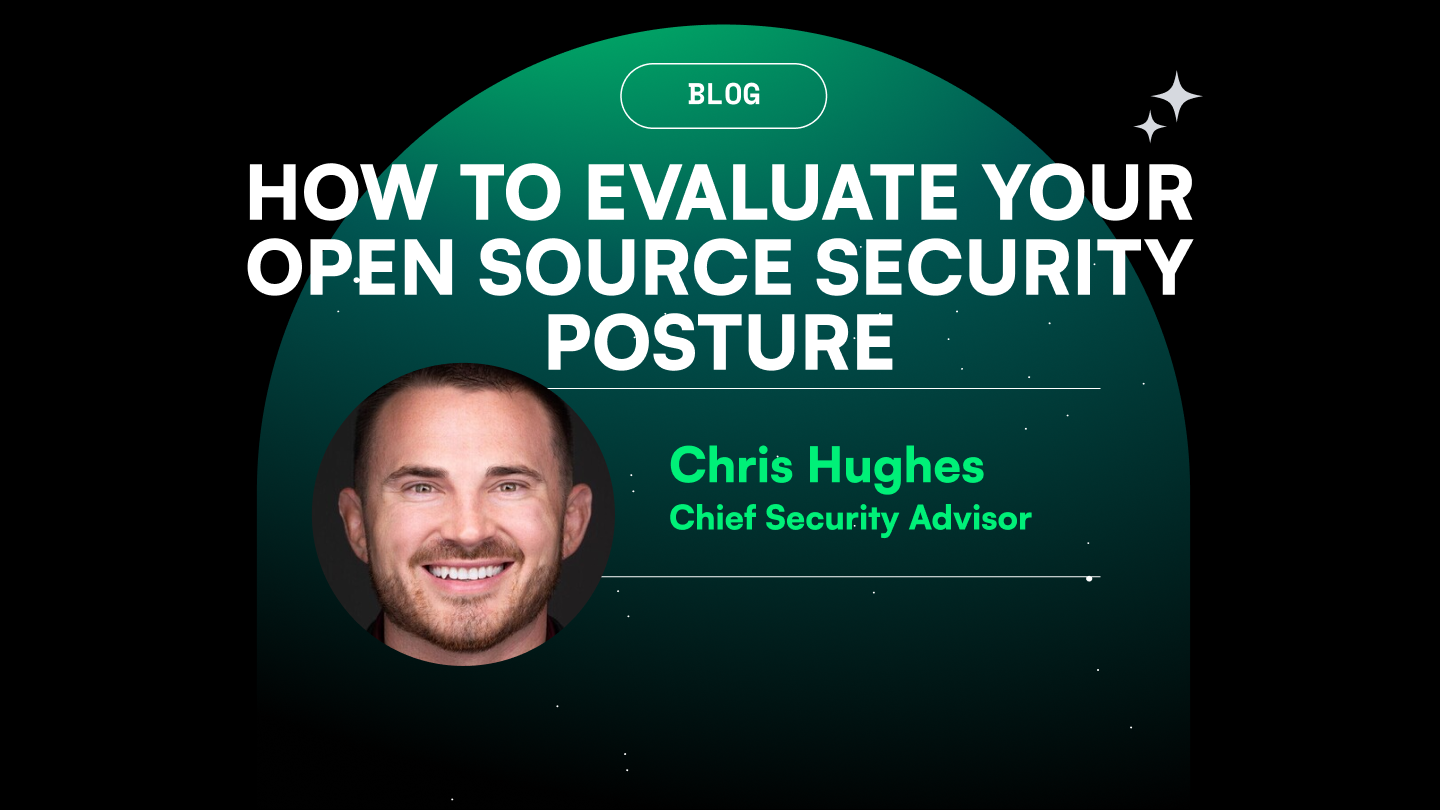

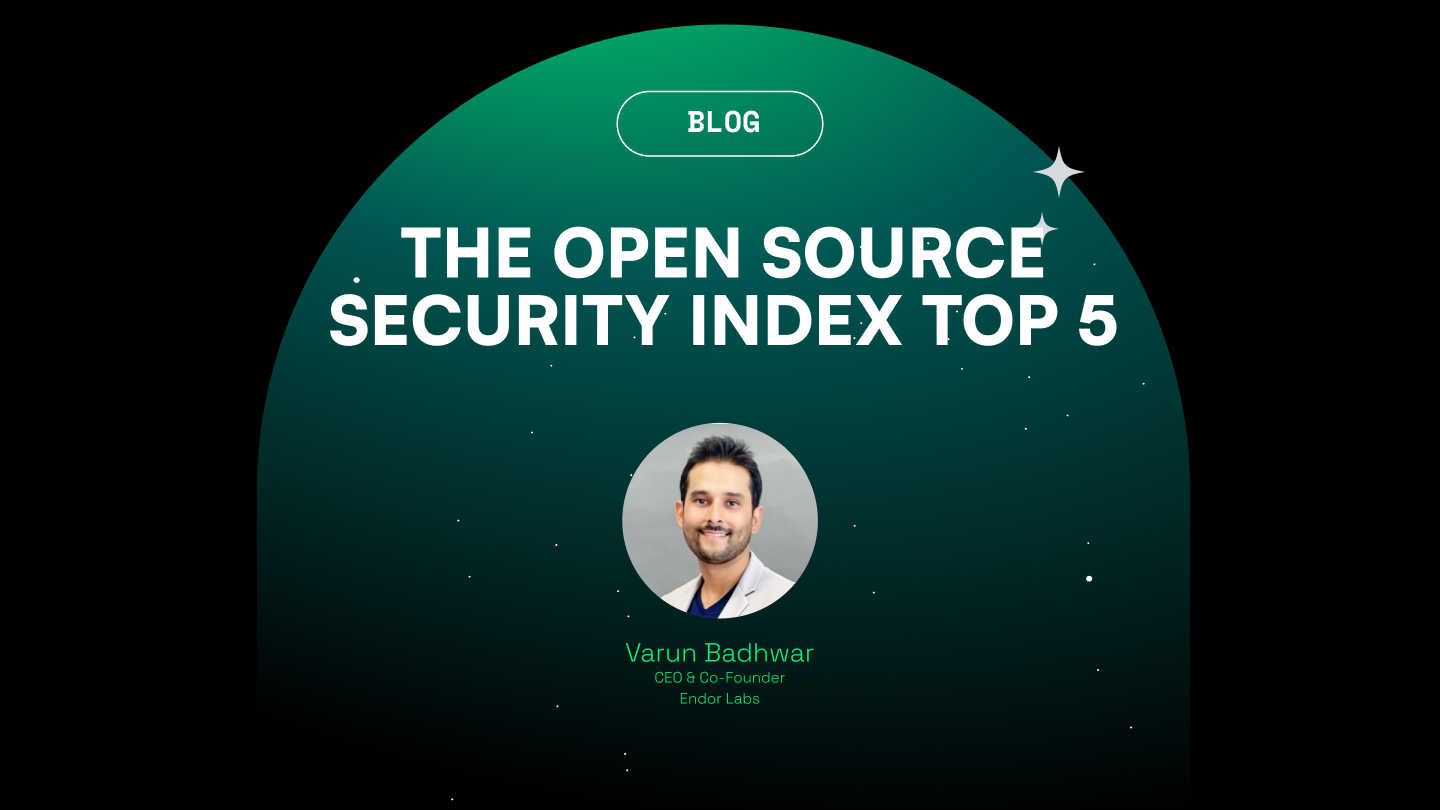


.png)
.png)
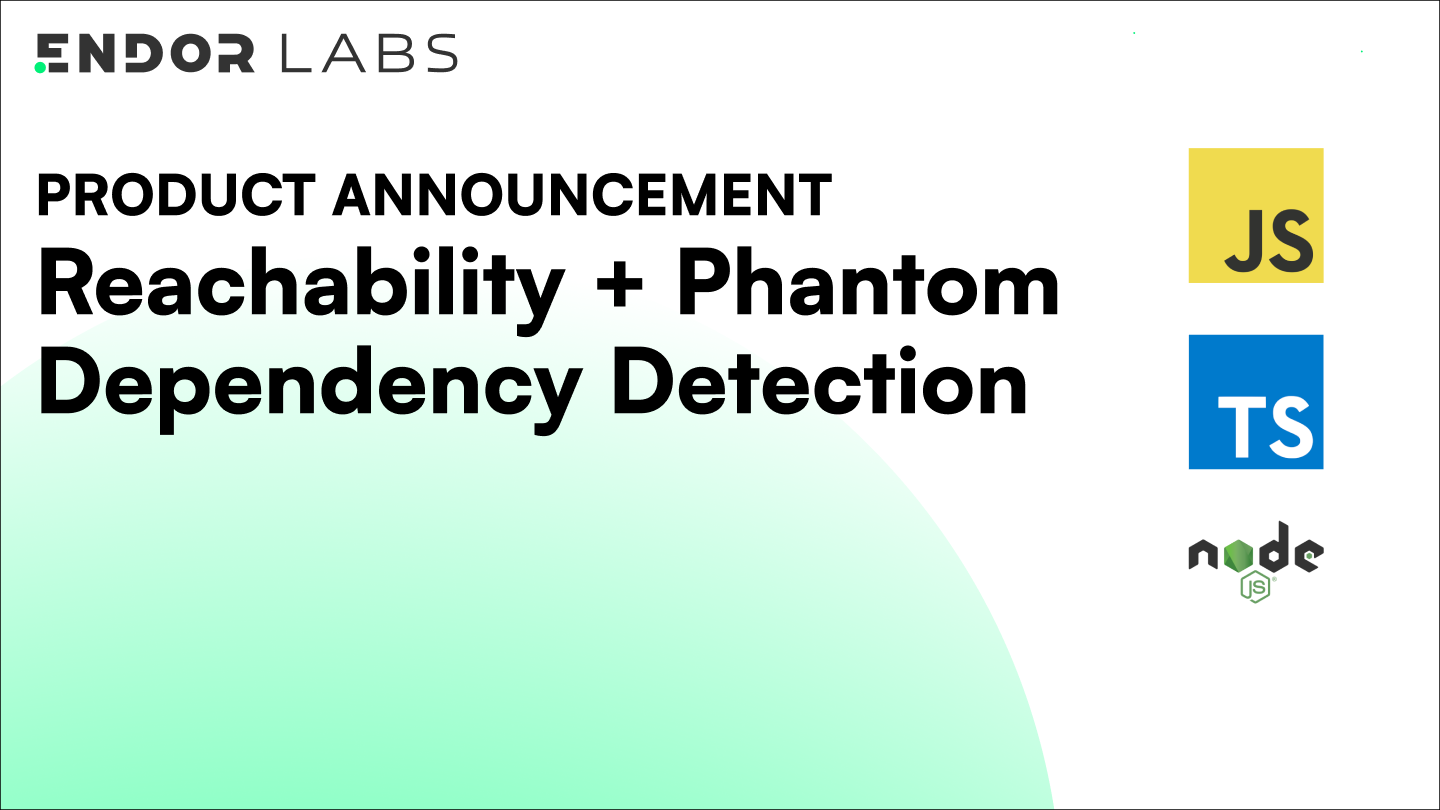





.png)



.png)



.png)
.png)


.png)
.png)


